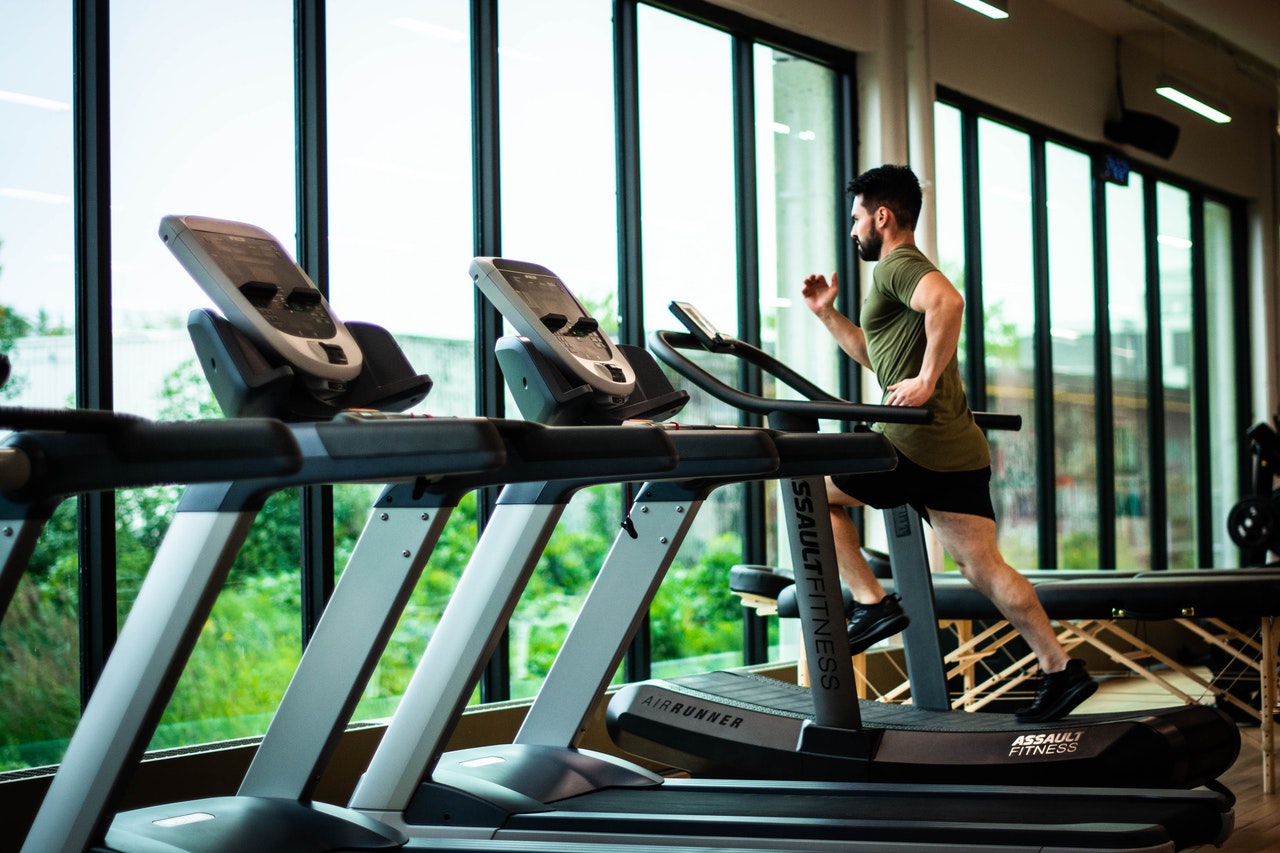
How to perform cardio training and why is it actually worth doing? The primary goal is to improve your mood, fitness and a step towards losing excess weight. What rules should you follow? What exactly should you do? We suggest
When we talk about cardio training, we mean training to improve your heart capacity, which is recommended for everyone regardless of their level of fitness. It is mainly about making the heart able to pump more oxygen-rich blood. It has a very good effect on the whole body. We feel healthier, we are in much better physical shape and the risk of cardiovascular diseases is reduced. The capacity of veins is increased, which makes us less vulnerable to atherosclerosis, diabetes, hypertension or obesity, among others.
It turns out that cardio training is the perfect solution for those who want to get rid of excess weight. Regular training makes us use up fat reserves in our body. However, in this case the exercises must not be shorter than 30 minutes. We are talking about medium intensity exercises that are performed three times a week.
Cardio training is effective when you make sure that:
What is the risk of exercising at full capacity and with a heavy load? It may turn out that instead of fat we start burning muscle tissue. However, this is not what we want
Cardio training is a suitable form of exercise for many people regardless of health, physical ability or age. As always, there are exceptions to this rule. Who should avoid cardio training? First and foremost people with hypertension and cardiovascular disease. These do not necessarily immediately exclude this type of activity, but it is absolutely necessary to consult a doctor
Cardio training can be done using a variety of exercises. This is a great advantage for at least several reasons – there is no risk of monotony, you can choose the exercises you like best and you can do them even in your own home. What are examples of cardio exercises? These include walking, marching, running, cycling or swimming.
What exercises can I do at home? We can use both the exercise equipment found at home and replace it with much cheaper substitutes. The price includes training on a stationary bike, stepper, orbitrek or treadmill, but also jumping on a skipping rope or climbing stairs. You can also do “jumping jacks” or the popular “crocodiles”. Running or cycling or skiing in the winter can not only be part of your cardio training, but can also become a passion over time. It is important to introduce training slowly and shape it in such a way that it gives us joy and satisfaction.
Photo: William Choquette/Pexels